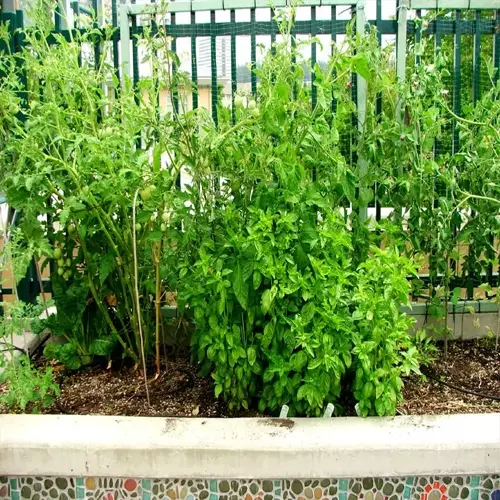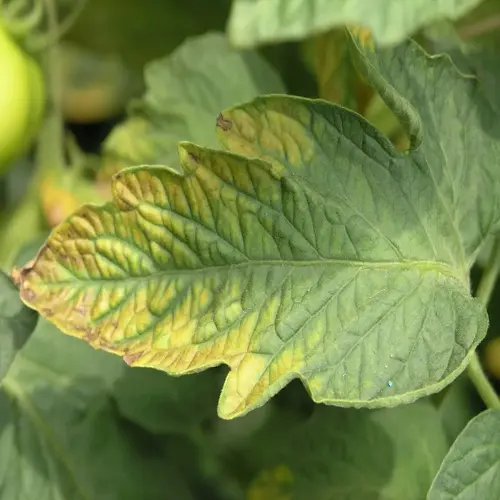What's the most overlooked water conservation method?

Written by
Paul Reynolds
Reviewed by
Prof. Samuel Fitzgerald, Ph.D.Hydrozoning is the least recognized water conservation gardening technique. Organizing plant types based on moisture demands produces effective irrigation zones. Water-thirsty plants (such as vegetables) will receive enough water, while reusing water on drought-resistant plants is not wasted. I redesigned my garden using hydrozones, and immediately reduced my water use by 35%. Using this technique is effective in keeping diagnostics while conserving resources for all landscapes, whether those underwater or overwater.
Use landscape elements naturally for hydrozoning. For instance, if you keep downspouts or rain barrels, high-water plants would patiently bask in that run-off area. With drought-tolerant plants, position them on sunny slopes where water can drain quickly. My particular garden utilizes terracing as a means to create distinct moisture zones. Always plan the layout of irrigation lines according to these groupings for the most efficient watering.
Planning Phase
- Inventory existing plants by water requirements
- Map garden microclimates and drainage patterns
- Design irrigation zones matching plant groupings
- Identify water sources for each hydrozone
Installation
- Install separate valves for each water-need zone
- Use different emitter types per hydrozone
- Adjust soil composition within zones
- Label plants clearly during transition
Microclimate use increases the effectiveness of hydrozones. When shaded, moist shaded areas provide support for moderate-water-use plants. Sunny areas are marvelous for drought-tolerant maritime species. For example, I took my hosta collection and put them all in tree-covered areas. Dew acts as extra moisture for the hostas. Utilizing areas that are wind-protected from breezes creates a humid pocket of air for thirsty plants without requiring supplemental water.
Establish zones with growing season alterations. Track each zone independently with soil moisture probes. I inspect my high-water zone twice a week in the summer. Irrigation in low-water zones is reduced during cool periods. Replenish mulch on an annual basis to keep zone moisture characteristics. Performing ongoing maintenance ensures you save water in the long term.
You can have visual harmony across hydrozones. Use medium-water plants to create transitions between hydrozones. Use similar color palettes in groups of moisture. My garden connects hydrozones using paths of adaptable salvia. Thoughtful design creates beauty while minimizing water use.
Read the full article: 10 Essential Water Conservation Gardening Tips

